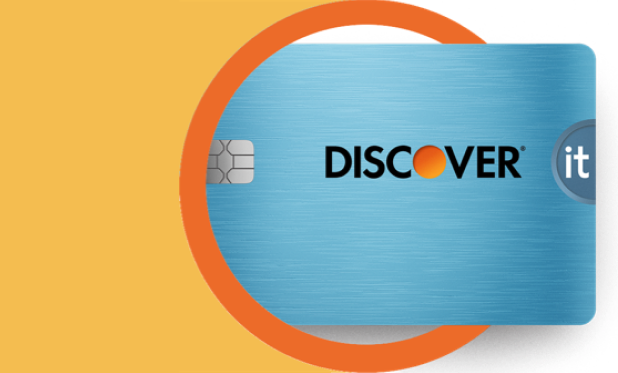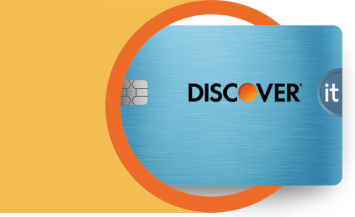If you’re in the market for a new credit card, comparing credit card interest rates is important. But you might be wondering: what’s a good credit card APR? The Federal Reserve reported an average credit card interest rate of 21.37% for the first quarter of 2025. You may also be able to access a much lower APR through an introductory offer to new credit card applicants. Keep in mind that different types of transactions, like balance transfers, may have different interest rates.

Is Your Credit Card Interest Rate Better Than Average?
6 min read
Last Updated: June 24, 2025
Next steps

See if you're pre-approved

View all Discover credit cards
See rates, rewards and other info
You may also be interested in
Was this article helpful?
Was this article helpful?




